7 Tips to Reduce Fuel Costs for Your Fleet
Looking for ways to reduce fleet fuel costs? Check out these seven strategies that fleet managers can use to improve fleet fuel efficiency and save...
Home > Blog > Why Fleet Telematics Don’t Work for Delivery [+What to Use Instead]
Fleet ManagementFleet telematics still work great. But just not for delivery! That's why it's time to replace your telematics system with a new tool to manage your fleet.
In this post, we’re going to put fleet telematics to the test.
To see why it works for delivery. (And why it doesn’t.)
We’re also going to compare it with other delivery tools, like route optimization software.
So if you’re looking for a DEEP comparison of these two popular fleet management solutions, you’ve come to the right place.
Let’s dive in.
Telematics is the technology used to track various data related to a specific vehicle or an entire fleet. Telematics systems use onboard diagnostics (OBD) to gather information about vehicles’ location, speed, performance, and driver behavior, and then it via GPS to an interface where fleet managers can view this data.
In other words:
You use telematics devices and systems to monitor vehicle (and fleet) activity while they’re on the road.
All telematics systems have two main components:
Here’s how telematics systems work:
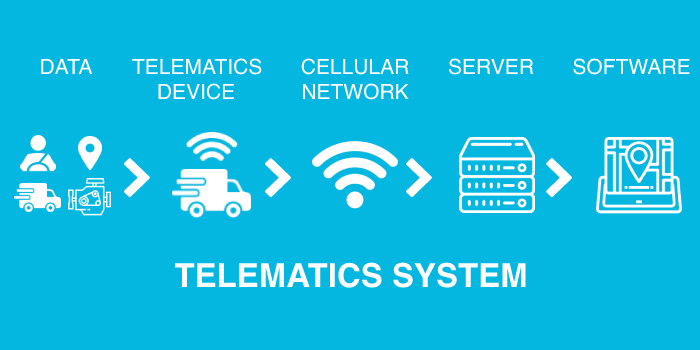
The black box collects vehicle data. Typically, it is made up of an onboard diagnostics device, accelerometer, and GPS receiver.
The telematics system connects to the black box using a CAN-BUS port with a SIM card. This enables the device to send, receive, and store telemetry data via GPS.
Once the data is collected, the telematics device then shares the information to a server using a wireless cellular connection or via GPS satellite communications.
When the server receives the vehicle and fleet data, the telematics data is displayed on a device using software. Typically, an on-premise telematics software program or secure web app.
Here’s what data telematics systems capture:
Telematics companies provide organizations with customizable solutions.
These solutions follow legislation and regulations.
That’s why it caters to a wide variety of industries:
Fleet telematics can, when implemented correctly, help many people in the chain of command. From dispatch managers to drivers combating driver fatigue.
Telematics helps pinpoint areas of idling and downtime.
That way managers can deal with vehicle engine idling and fuel slippage.
Such data leads to positive practices such as reducing fuel costs, as well as efficient route planning minus the unneeded mileage.
Some of the most often spotted harmful behaviors are speeding and harsh braking.
Collecting data continuously helps improve the overall driving style of your fleet.
Data-based reports with suggested actionable steps are tools for improving a fleet’s performance and safety.
That is because fleet managers can focus their attention on harmful driving habits they spot and work with drivers on correcting these habits.
Thanks to GPS data and its real-time nature, dispatchers can help drivers avoid traffic jams and other circumstances on the road.
The data sent by telematics allows the team back at the centralized office to quickly add new stops to the most available vehicle in the fleet.
It also lets them plan an efficient route.
Since telematics allows insight into when each vehicle in the fleet starts its day, and when it finishes it, you can have clear insight into how much each driver worked.
Such automated records of work are useful for verifying that drivers are paid fairly.
They also save time for the rest of your team, as they won’t spend time matching timesheets to job tickets.
Here are three disadvantages of using fleet telematics:
GPS telematics isn’t exactly the most up-to-date technology.
One of its drawbacks is that GPS signals get jammed by devices that disrupt signal broadcasts.
To ensure consistent reliability, you’d need to buy an additional in-vehicle telematics system. The role of the new telematics device would be to detect and report GPS signal jamming.
And this isn’t cheap. The first telematics device wasn’t cheap either.
And having two per vehicle would be a waste of money.
If you’re starting from scratch with your telematics implementation, get ready, as it will be a costly venture.
You can opt for a starter-pack GPS tracking solution, but you’ll get very little value and business insight.
Rather, you’d need to invest in technology such as electronic logging devices (ELDs), dash cams, smart route planning, and other improved fleet management costs.
A lot of companies let employees use fleet vehicles outside business hours.
In theory, that means you’d get insight into things such as how many miles your drivers spend on driving their kids to soccer practice, where they park, do they go on weekend getaways, etc.
Not many people would like the fact that their boss knows how they’re spending their weekend.
So you need to make sure you’re following all the right regulations and procedures before proceeding with collecting data outside of work hours.
Telematics systems do come with their drawbacks.
But that doesn’t mean it’s the only solution available to you.
That it’s the only solution that can provide you with fleet management capabilities.
Or that you should discard your telematics devices completely.
There is an alternative…
It’s called route optimization software.
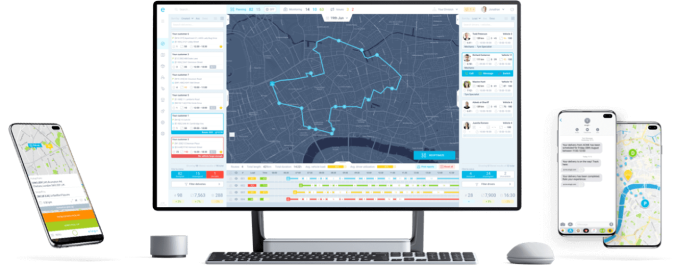
We don’t want to say that route optimization software is better than telematics.
But it is.
First, it’s a modern solution that uses the latest technologies.
Routing software solutions operate on the cloud.
In practical terms, this means you can collect more data
It also means that everything works using the Internet.
So drivers can send data to the platform via an app on their phones. (Like telematics)
But the app can also receive data while the driver is completing tasks on their route.
Which is different from typical fleet telematics.
Second, route optimization software has more capabilities.
While telematics collect a wide range of data, they only have one function: To collect data.
On the other hand:
Routing software has a lot more features that you can use to manage vehicles and fleets.
For example, eLogii has 97 unique software features which you can use to manage any part of the delivery process.
Finally, you can integrate hardware and software solutions.
Thanks to the routing API, you can integrate route optimization software with numerous other apps and devices.
So even if you’re using telematics, it doesn’t mean that you have to throw it away.
You can integrate telematics devices with routing software to get maximum visibility over your fleet and its operations.
The route optimization software is a cloud-based solution that optimizes delivery operations.
It collects and interprets data - the same as a telematics device, but it collects the data from different sources. The software links up with different devices through mobile data networks.
The data is shown as location and other information displayed on a virtual dashboard interface.
The dashboard is accessible by dispatchers and logistics managers. That allows them to quickly and easily view the status of the fleet’s drivers - where they are, what route they’re taking, do they have time for bonus stops, etc.
Just some of the interpreted data the software displays are:
From these metrics, other relevant information can be generated. In the delivery industry, being aware of vehicle capacity is of huge importance.
Thanks to the software, it can be automatically calculated through the number of completed tasks.
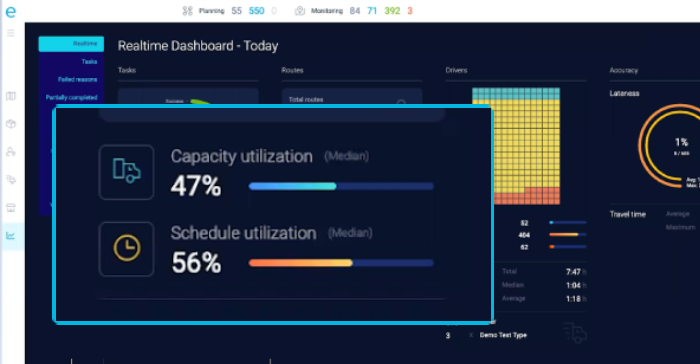
Other information you can learn through route tracking software is ETAs and ETDs (Estimated Times of Departure), vehicle utilization, order accuracy, etc.
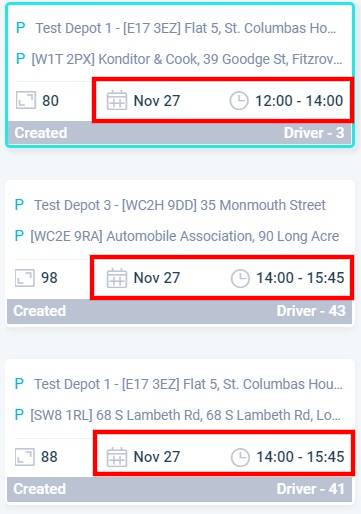
All of this is visible from the aforementioned dashboard. One of its main components is the virtual map of the delivery area.
It’s user-friendly, with color-coded lines that map out routes, and pins that show the drivers, stops, depot locations, and transportation hubs.
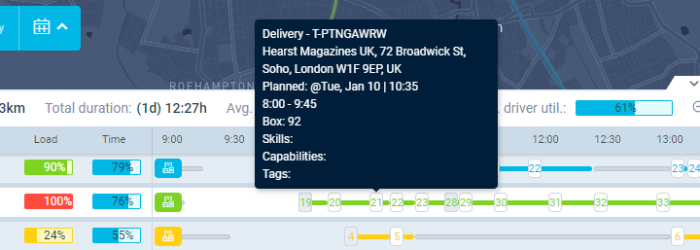
That gives dispatch managers a clear overview of whether a driver is on the planned route and expected to complete the delivery on schedule.
So what makes route optimization software more intuitive than fleet telematics solutions?
Quite a few things.
The delivery industry relies on a lot of factors, one of them being fleet dispatching. So using route optimization software for more effective fleet dispatching can lead to many benefits:
![]()
For driver visibility and dealing with last-minute obstacles, you can make use of the live ETA feature.
It’s an easy way for spotting delays, so you can deal with them faster, reroute the delivery, notify customers of any changes, and reschedule if needed.
route-planning-software-elogii-dynamic-route-optimization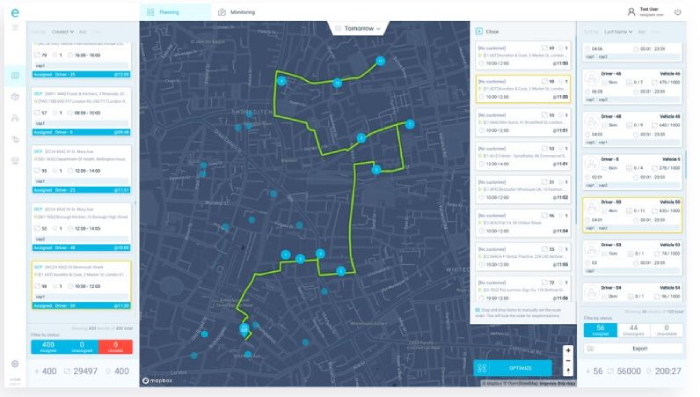
The intuitive nature of route optimization software like eLogii means that you don’t have to map out all routes in advance.
Rather, you can implement dynamic route planning. Meaning you can change the routes as you go, adjust them, and create completely new ones if needed.
That feature boosts delivery fulfillment and makes things such as same-day delivery possible.
![]()
Optimized route tracking isn’t just about your management being able to keep an eye out on drivers for the sake of good fulfillment rates.
It’s also about giving a chance to your customers to track their orders in real time.
A lot of delivery companies already offer this option, so you should follow the trend, too.
Here’s how it works: through the software, you can send URLs to the customers. They can then use the tracking links on them to follow their delivery as it’s being shipped.
This simple trick of providing visibility majorly improves the quality of your delivery service.
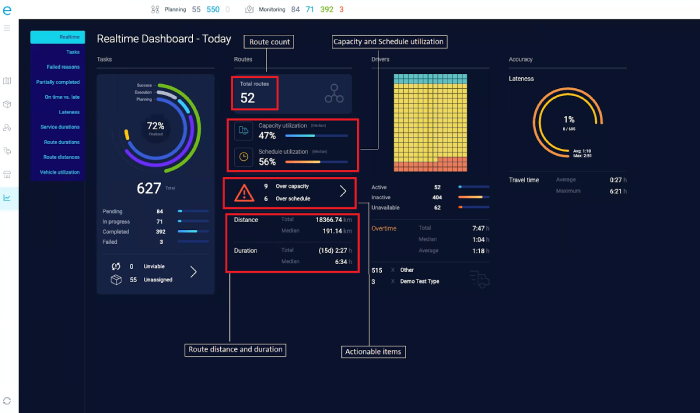
You need an overview of your business operations to boost its performance.
And that is where tracking delivery KPIs helps.
You can track drivers and assess the entire delivery process. The conclusions you draw from this can be formed into a strategy for growing your delivery business.
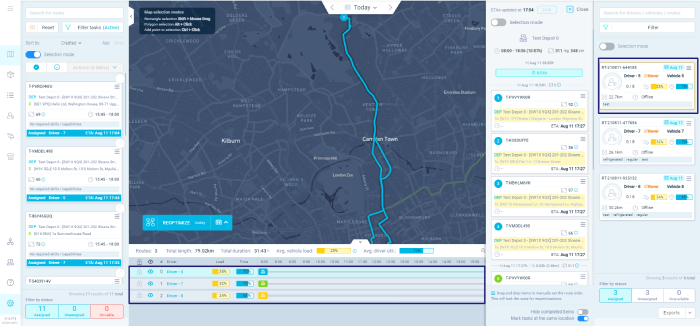
Obstacles such as delays are inevitable. When they happen, you should know why a problem arose.
Pinpointing problematic areas in deliveries can give you answers that will lead to cost-effective solutions.
For instance, you can observe which drivers take the longest to complete their routes. Or which parts of the city are best to avoid during traffic jams.
Dynamic route optimization software lets you easily implement this information and fine-tune it on the go.
Why choose one or the other?
As we’ve said, route optimization software like eLogii allows you to integrate with telematics systems.
That way, you get great visibility over drivers and vehicles.
Integrating eLogii with another system is easy.
It’s done through API (Application Programming Interface) integration. In this case, “Application” refers to both the route optimization software and the telematics system. “Interface” refers to the communication process between the two applications.
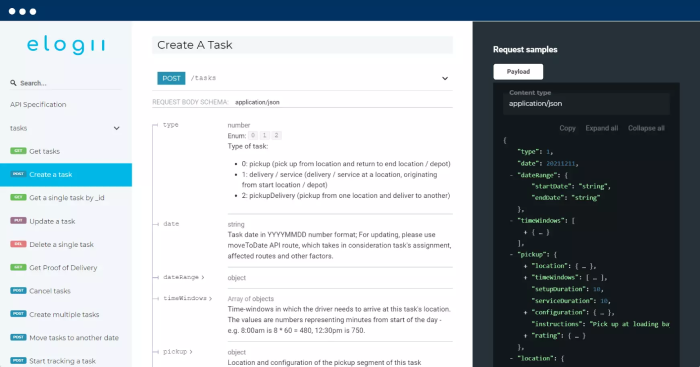
To put it in simple terms, API is what helps the software and the telematics to link up.
That way, you don’t have to switch constantly between two apps. You can combine route planning, dispatching, data gathering, execution, and post-execution tasks.
Vehicle and driver activity will be all visible in one place, and you will be able to automate a lot of processes.

Looking for ways to reduce fleet fuel costs? Check out these seven strategies that fleet managers can use to improve fleet fuel efficiency and save...
Learn why fleet management & route optimization are important to unlock your fleet’s potential and what to look for in a fleet management routing...
This guide breaks down how modern fleet route optimization works, why it’s mission-critical in 2025, and what your team needs to do to get it right.
Be the first to know when new articles are released. eLogii has a market-leading blog and resources centre designed specifically to help business across countless distribution and field-services sub sectors worldwide to succeed with actionable content and tips.
